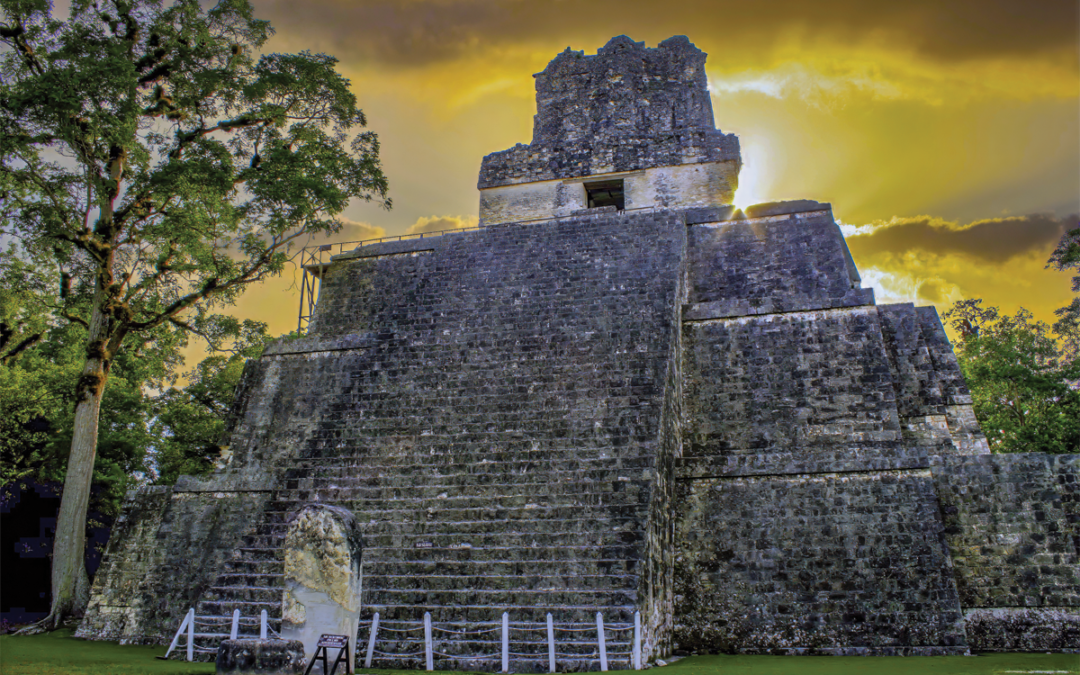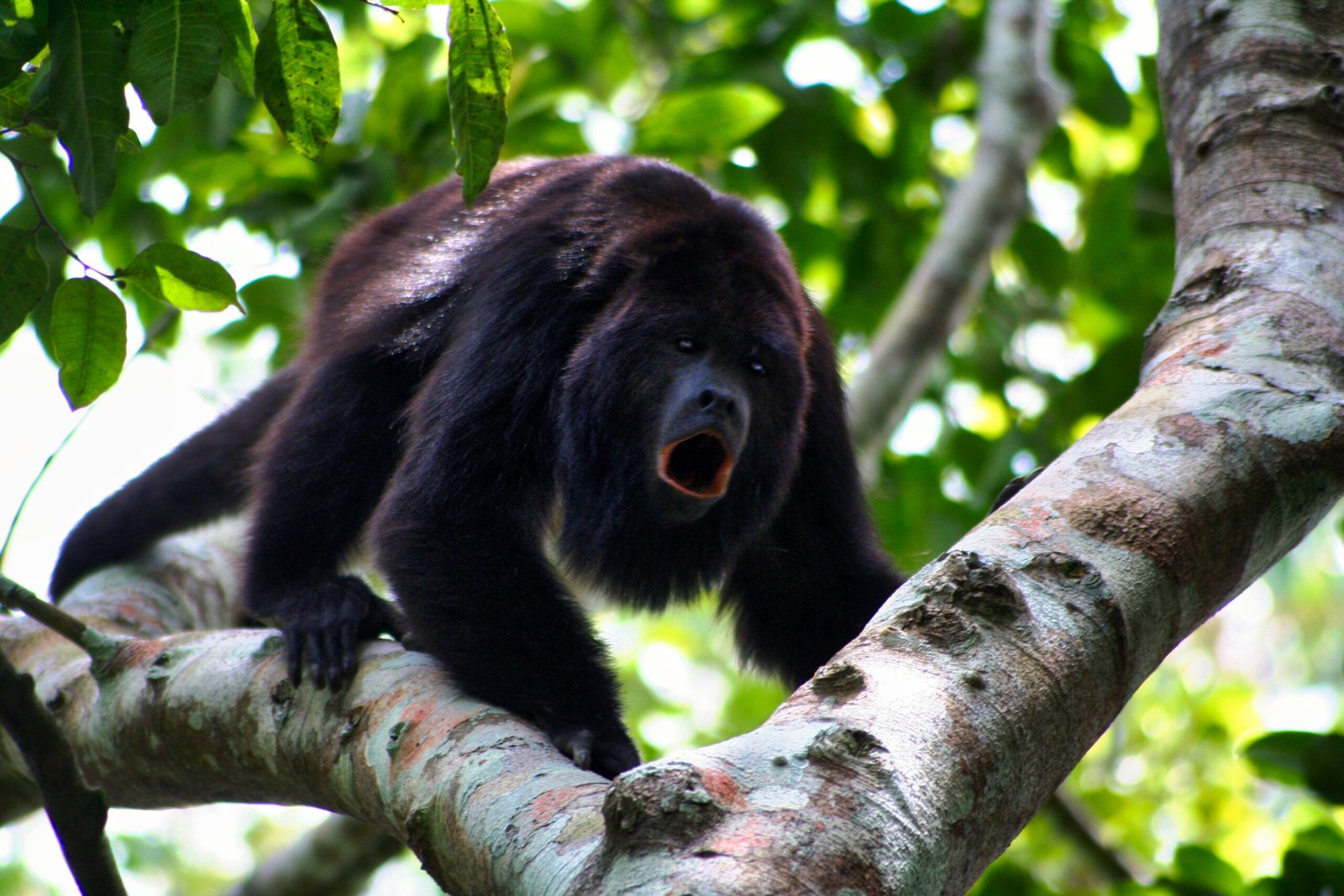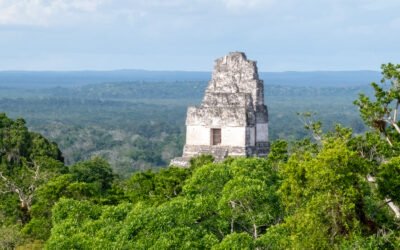The Legacy of Animal Headdress: The Third Ruler of Tikal
Third Ruler of Tikal: Animal Headdress’s Role in Maya History
Nestled in the lush jungles of modern-day Guatemala, Tikal was one of the most powerful city-states of the ancient Maya civilization. Among its early rulers, Animal Headdress, the third known ajaw (lord) of Tikal, played a pivotal role during the Early Classic period around 292 CE. While his reign lacked detailed records of monumental achievements or military conquests, his contributions to Tikal’s dynastic stability and continuity were crucial for the city’s prominence.
Who Was Animal Headdress?
Animal Headdress succeeded Foliated Jaguar as Tikal’s ruler and was later succeeded by his son, Sihyaj Chan K’awiil I. His reign occurred during a transformative period when Tikal consolidated its power in the Maya lowlands after benefiting from the decline of larger Preclassic centers like El Mirador. Though specific inscriptions or monuments directly tied to him have not been uncovered, his position in the dynastic lineage underscores his importance in maintaining political continuity.
Animal Headdress married Lady Skull, and their union produced Sihyaj Chan K’awiil I, who would strengthen Tikal’s influence. This familial continuity highlights the central role of dynastic succession in legitimizing Maya rulers’ authority.
Tikal Under Animal Headdress
During Animal Headdress’s time, Tikal was emerging as a regional power. The city had already begun to benefit from its strategic location and natural resources, which allowed it to dominate trade routes and neighboring settlements. While no significant conflicts or alliances were directly associated with his reign, he likely oversaw efforts to stabilize and expand Tikal’s influence.
Tikal’s development into a dynamic city-state during the Early Classic period laid the groundwork for its later dominance. This period saw the construction of monumental architecture and stelae that celebrated rulers and their deeds. Although no stelae definitively depict Animal Headdress, his reign coincided with the production of some of the earliest known Maya stelae at Tikal.

The Importance of Dynastic Continuity
Animal Headdress’s most significant contribution to Tikal’s history was ensuring the stability of its monarchy during a formative era. He secured the city’s dynastic lineage by producing an heir who would become a prominent ruler. This stability allowed subsequent rulers to focus on expanding Tikal’s political and military power.
The Maya civilization placed great emphasis on lineage and heritage. Rulers were often depicted in art and inscriptions as intermediaries between humans and gods, with their legitimacy tied to their ancestry. Animal Headdress’s role as a link in this chain underscores his importance in Tikal’s history.
A Transitional Figure in Maya History
While Animal Headdress may not be remembered for grand conquests or monumental constructions, his reign represents a critical transitional phase for Tikal. His contributions ensured that the city-state could continue its trajectory toward becoming one of the most influential centers in Mesoamerica.
Future rulers like Sihyaj Chan K’awiil I would build on this foundation, leading Tikal into an era of greater prosperity and influence. In this sense, Animal Headdress’s legacy is not one of dramatic change but instead of quiet yet essential stewardship.












0 Comments